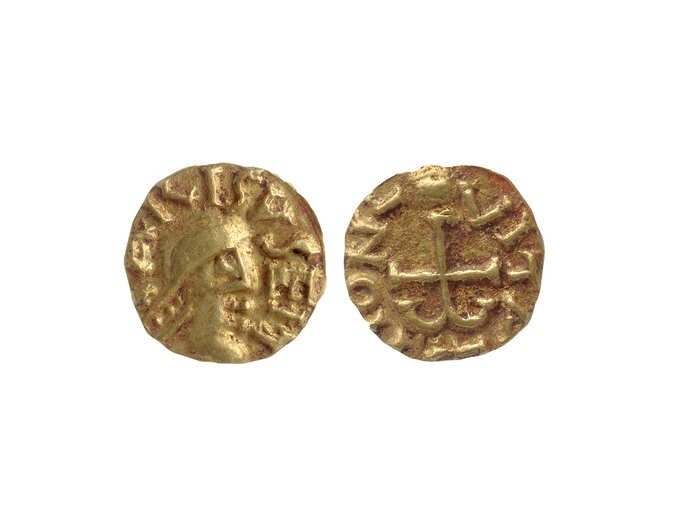
The coins, which were discovered near the tooth fragments, helped archaeologists estimate a more precise date of the burial.


Vessels like this were often acquired by Christian pilgrims and shows that the flagon's owner was well-traveled, or had far reaching connections.
Analysis of objects like this one "has revealed where they were made and this in turn has helped us to learn more about the gift giving and trading between different elite families and kingdoms in the south of England," Jackson told Business Insider.










The matching pair was discovered intact within the burial chamber.



 I tutor the children of some of Dubai's richest people. One of them paid me $3,000 to do his homework.
I tutor the children of some of Dubai's richest people. One of them paid me $3,000 to do his homework. A 13-year-old girl helped unearth an ancient Roman town. She's finally getting credit for it over 90 years later.
A 13-year-old girl helped unearth an ancient Roman town. She's finally getting credit for it over 90 years later. It's been a year since I graduated from college, and I still live at home. My therapist says I have post-graduation depression.
It's been a year since I graduated from college, and I still live at home. My therapist says I have post-graduation depression.  Sell-off in Indian stocks continues for the third session
Sell-off in Indian stocks continues for the third session
 Samsung Galaxy M55 Review — The quintessential Samsung experience
Samsung Galaxy M55 Review — The quintessential Samsung experience
 The ageing of nasal tissues may explain why older people are more affected by COVID-19: research
The ageing of nasal tissues may explain why older people are more affected by COVID-19: research

Copyright © 2024. Times Internet Limited. All rights reserved.For reprint rights. Times Syndication Service.